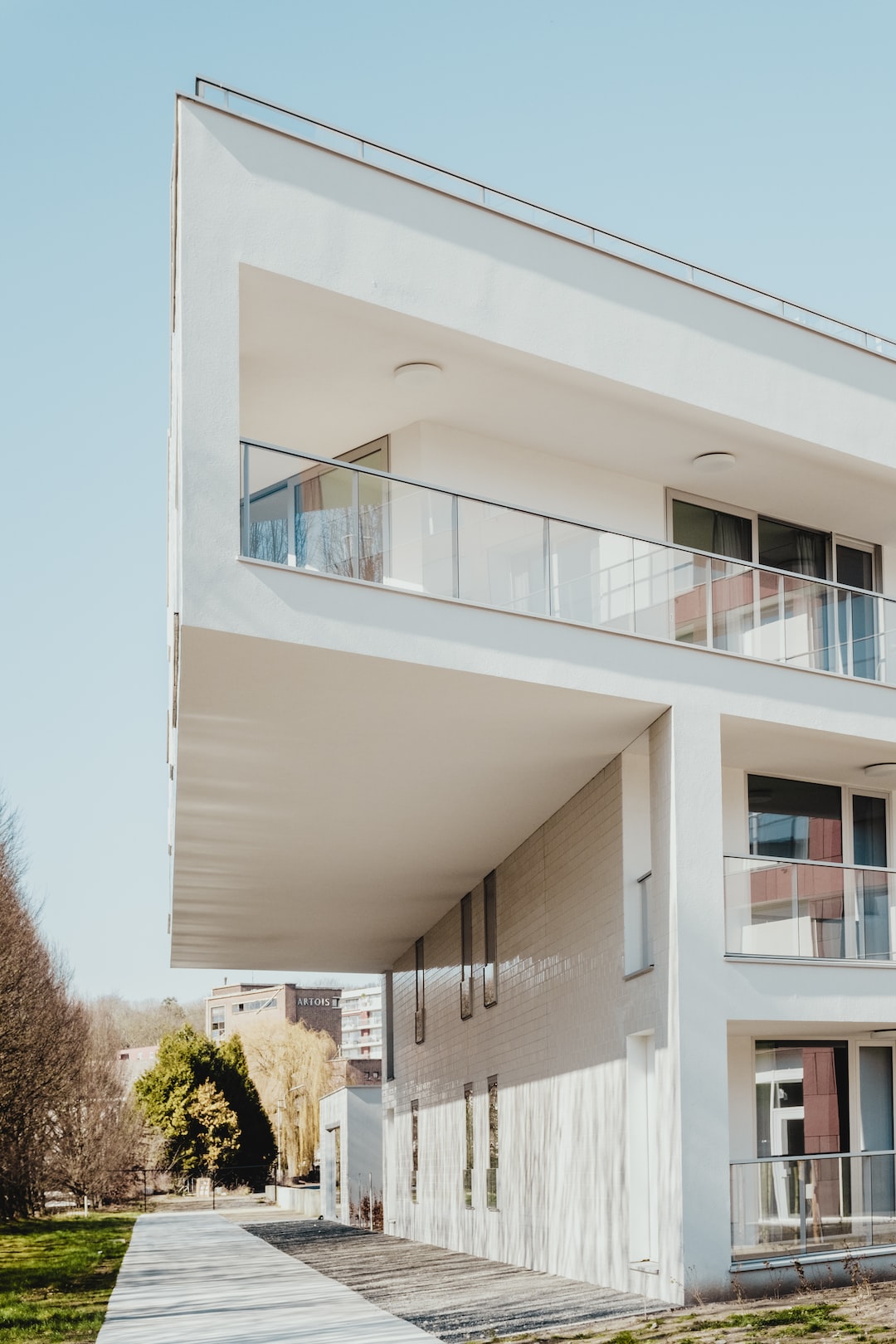The Impact of COVID-19 on the Real Estate Market
The COVID-19 pandemic has caused disruptions in virtually every aspect of our lives, and the real estate market is no exception. In the face of strict lockdowns, social distancing measures, and economic uncertainty, the industry has had to adapt to the new normal. This blog post aims to explore the impact of COVID-19 on the real estate market and its various sectors.
Residential Real Estate:
The residential real estate market initially experienced a significant slowdown as buyers and sellers hesitated to engage in transactions due to health concerns and economic uncertainties. With job layoffs and income reductions becoming more prevalent, potential buyers had to put their plans on hold and focus on essential expenses. This led to a decline in home sales and new listings.
However, as the pandemic progressed, a surprising trend emerged. With remote work becoming the norm for many, people began reassessing their living situations. As a result, there was an increased demand for larger properties in suburban areas or regions with lower population densities. The desire for more space for home offices, home gyms, and outdoor areas became paramount. This shift in buyer preferences fueled a surge in demand for properties in suburban and rural areas, causing a boost in sales in those regions.
Conversely, urban areas saw a decline in demand as individuals sought to avoid crowded cities and embrace a less dense lifestyle. This decrease in demand coupled with an increase in supply led to price reductions in some city markets. However, it is worth noting that these price decreases may not be permanent, as urban areas have historically rebounded after economic downturns.
Commercial Real Estate:
The commercial real estate sector has been severely impacted by the pandemic, particularly in the retail and office space segments. With the closure of non-essential businesses and the rise of e-commerce, retail properties faced significant challenges. Many retailers struggled to pay rent, forcing some to close permanently. As a result, vacancy rates in retail spaces soared, and property owners and landlords faced financial uncertainty.
Similarly, the office space market has been greatly impacted as remote work became the preferred option for many organizations. As companies realized the feasibility and cost-saving benefits of remote work, they started reconsidering their office space needs. Some companies downsized their offices, while others opted for fully remote arrangements. The shift to remote work may have a long-lasting effect on the demand for office spaces, leading to increased vacancies and a potential downward pressure on rents.
However, not all segments of the commercial real estate market have suffered as much. Industrial properties, particularly warehouses and logistics centers, experienced increased demand due to the surge in e-commerce. As more people turned to online shopping, there was a need for more warehouse space to accommodate inventory and facilitate faster fulfillment and delivery.
Conclusion:
The COVID-19 pandemic has undoubtedly had a significant impact on the real estate market. While the initial months saw a slowdown and uncertainty, the market eventually adapted to the changing demands and preferences. The shift towards remote work and a desire for more space has fueled demand for residential properties in suburban and rural areas. On the other hand, the retail and office space segments have faced challenges, with a rise in vacancies and potential long-term changes in demand.
As the world continues to grapple with the pandemic, the real estate market will have to remain flexible and responsive to changing circumstances. The ultimate outlook for the industry remains uncertain, with factors such as vaccine distribution, economic recovery, and post-pandemic worker preferences playing significant roles in shaping the future of the real estate market. Nonetheless, as with past crises, the industry will likely find ways to adapt and thrive in the post-pandemic world.
